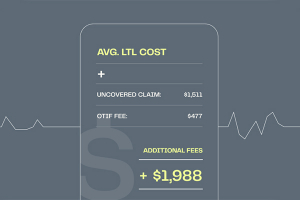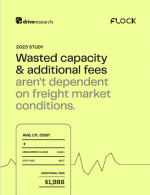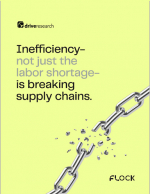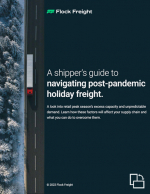How Shippers Are Getting Pricing Power Back From the LTL (Less-than-Truckload) Market
In this white paper, we identify the logistics decisions shippers don’t get to make for themselves and introduce you to a shipping solution that moves freight on your terms: shared truckload.
Traditional LTL: An Abundance of Restrictions
In the freight industry, shipping service providers have historically had the power to determine how cargo moves - even though shippers pay for the transportation.
Providers have had the upper hand in determining mode options, rates, and rules, among other factors, making for an industry that is notorious for giving shippers little say in how their freight moves.
In this white paper, we’ll identify the logistics decisions shippers don’t get to make for themselves and introduce you to a shipping solution that moves freight on your terms: shared truckload.
Here’s how traditional shipping modes fail to give shippers control over how their freight ships:
They give shippers limited service options, which inhibits shippers’ ability to find one that meets their specific needs. Less-than-truckload (LTL) carriers set the tariffs and discounts for shippers without enough freight to dictate RFPs, which can take customer bargaining power away.
- They subject freight that differs from the conditions set in the agreed-upon tariff to the carrier’s standard rules, regulations, and accessorials.
- They make it difficult for shippers to avoid accessorials and typically don’t reverse the associated charges.
- Their use of the antiquated hub-and-spoke system can lead to high rates of freight damage, which can force shippers to pay for product replacements and additional shipping.
- If capacity is tight, they might ship your freight on a timeline that works best for them, which can make it difficult for you to meet OTIF requirements and satisfy customer demand.
- They might have poor shipment visibility (and, as a result, an unsophisticated tracking system), which can leave you in the dark when it comes to your freight’s whereabouts.
- While they sometimes offset their carbon emissions, traditional modes are not inherently sustainable. If forging a greener supply chain is one of your corporate sustainability goals, traditional shipping modes might not help your efforts.
These constraints are more severe for smaller shippers, who are often the first ones impacted when carriers set embargoes or change tariffs.
Additionally, shippers with partials might find themselves without much control over their transportation logistics, especially when capacity is tight. Shippers with midsize loads can move partials through consolidation networks or book volume LTL service, neither of which lets customers opt-out of handling.
Download this paper and learn how LTL pricing doesn't leave much room for negotiation and how Flock Freight gives shippers that power back.
What’s Related




Favorites





